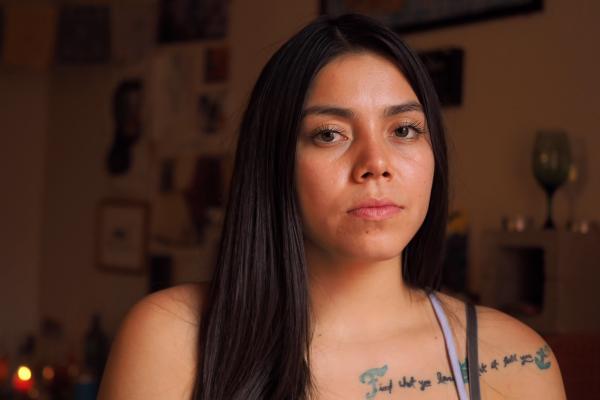Jan 14, 2019
Studies show that foster youth are the most likely to drop out of school and least likely to graduate high school, much less attend and graduate from college. In California, about 50 percent of foster students graduated from high school in the 2016-17 school year, compared to about 83 percent for all other students, according to the state Department of Education.
Read the Full Article

Already a subscriber? Login
